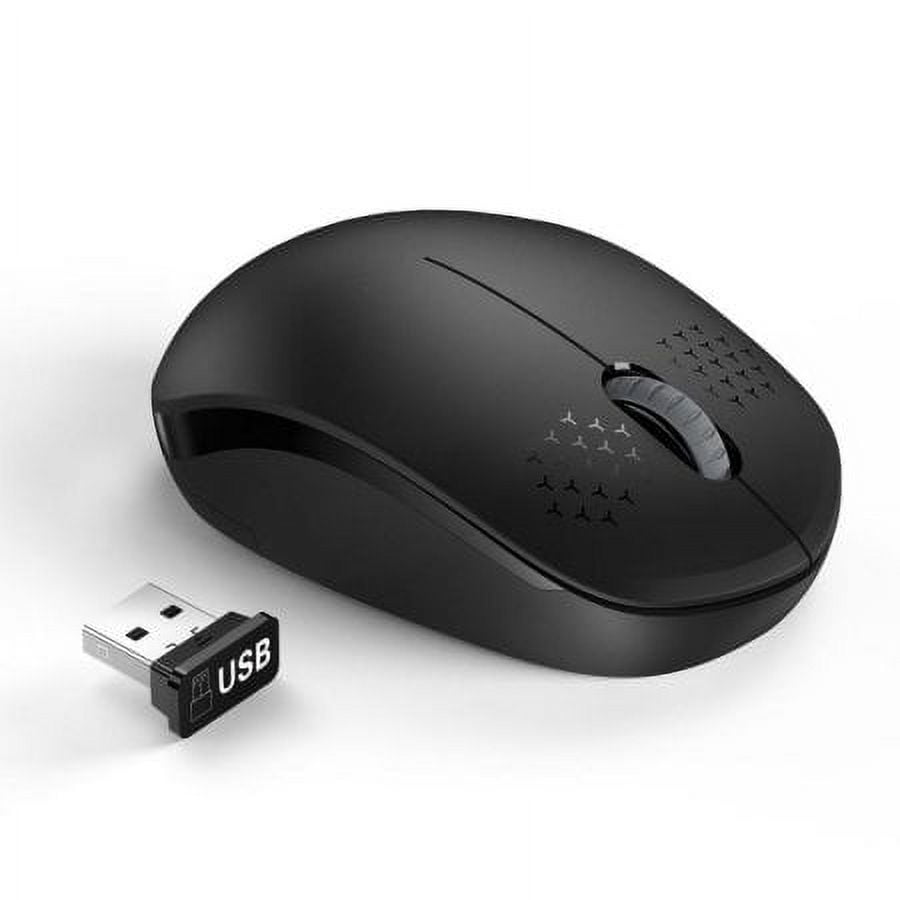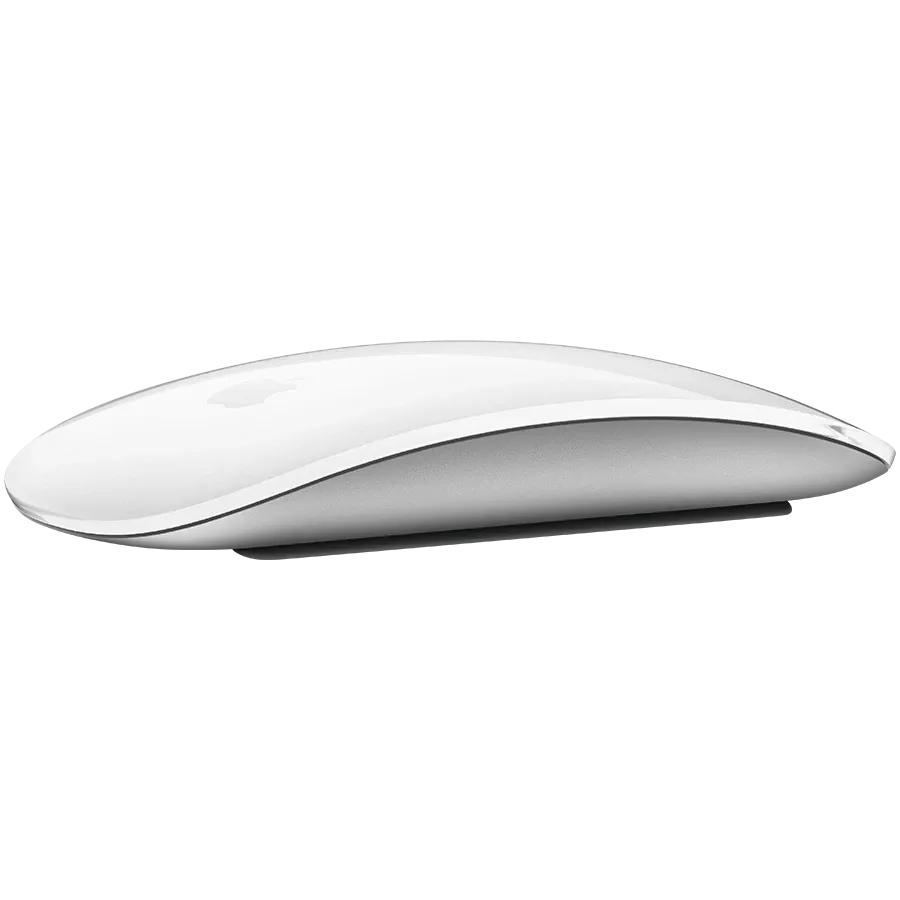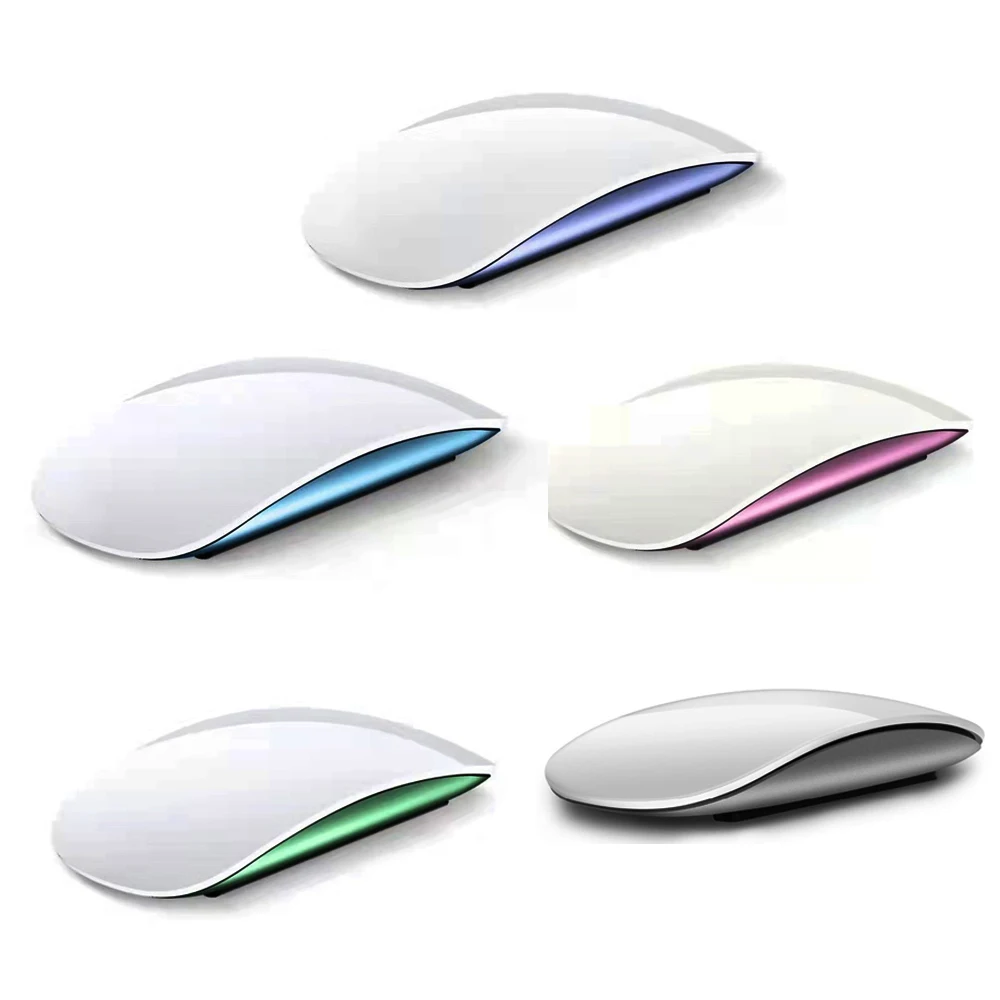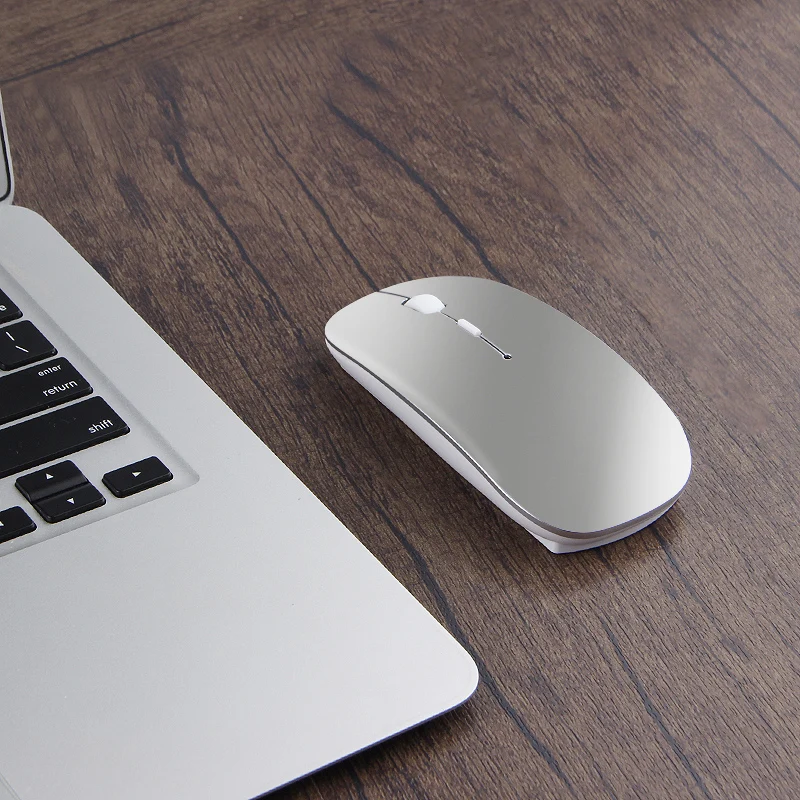The Beginning: Apple’s Venture Into Wireless Peripherals
Apple’s journey into wireless peripherals began with a desire to pair aesthetic elegance with top-tier functionality. The Apple Wireless Mouse, known for its sleek design and powerful features, epitomizes this vision. The introduction of the Apple Wireless Mouse marked a significant step toward providing users with a seamless computing experience. While traditional wired mice often cluttered workspaces, Apple freed users from this inconvenience. With its minimalist design, Apple underscored that less can indeed be more.
Apple’s first notable wireless mouse, the Apple Pro Mouse, debuted in 2000. However, it was still wired. It wasn’t until 2009, with the release of the Magic Mouse, that Apple truly embraced wireless technology. The Magic Mouse distinguished itself with its multitouch surface that recognized gestures. Users could swipe, scroll, and click intuitively. The absence of a tactile button was revolutionary. This innovation allowed for a smoother, more integrated user experience.

Overcoming Initial Challenges
Like any pioneering product, the initial versions had their challenges. Early wireless mice often encountered connectivity issues. They required bulky batteries and paired ineffectively with computers. Apple worked tirelessly to address these shortcomings. By integrating Bluetooth connectivity, they ensured a stable connection. This development boosted user confidence and set the stage for the Magic Mouse.
The battery life was another point of contention. Early iterations used AA batteries, which required frequent replacements. Over time, Apple shifted to a rechargeable battery model. This change not only ensured environmental friendliness but also increased convenience for users. Today, charging an Apple Wireless Mouse involves a straightforward process. Users can plug in a Lightning cable and continue working, minimizing downtime.
Magic Mouse: A Game-Changer
The Magic Mouse brought many features to the forefront that set it apart from competitors. Its touch-sensitive surface allowed for gestures, such as swiping between web pages or scrolling through documents. This functionality made navigation more intuitive. Many users found themselves using the Magic Mouse’s features without even thinking about it.
The Magic Mouse’s design focused on simplicity. Its low-profile and sleek appearance made it a suitable match for Apple’s minimalist aesthetic. With a beautiful, unibody aluminum and glass construction, the Magic Mouse also provided durability. This was not just a tool; it was a statement piece on any desk.
Multitouch Technology
The standout feature of the Magic Mouse is its multitouch capability. The mouse’s surface can detect multiple points of contact simultaneously. This functionality provides users with a range of gestures to facilitate their tasks. For example, users can swipe left and right with two fingers to navigate back and forth between web pages.
Apple emphasized ease of use with these gestures. The design encourages natural hand movements. Unlike traditional mice that rely solely on the scroll wheel and buttons, the Magic Mouse allows for a broader range of interactions. Users can zoom in on documents, scroll vertically or horizontally, and perform other tasks with simple gestures.
Integration with macOS
The Magic Mouse seamlessly integrates with macOS, Apple’s operating system. This feature ensures that users can take full advantage of the mouse’s capabilities. It also simplifies the pairing process. When you first connect a Magic Mouse to a Mac, the system recognizes it immediately. You can start using it without delay.
Moreover, Apple regularly updates macOS to enhance compatibility and functionality with its peripherals. This commitment ensures that the Magic Mouse remains relevant even as new software versions are released. Users find this seamless integration convenient. It enhances the overall Apple ecosystem experience.
Innovations in Successive Models
Apple has consistently evolved its wireless mouse to meet changing user needs and technological advancements. The successive iterations of the Magic Mouse saw improvements in battery life, ergonomic design, and connectivity options. These enhancements ensured that the Magic Mouse remained a preferred choice for Apple users.
Magic Mouse 2: A Leap Forward
In 2015, Apple released the Magic Mouse 2. This iteration featured a built-in rechargeable battery. Users no longer had to worry about replacing AA batteries. This move aligned well with Apple’s commitment to sustainability. Moreover, the new model featured an enhanced design. The mouse had fewer moving parts, which reduced the likelihood of mechanical failures.
The Magic Mouse 2 also optimized Bluetooth connectivity. It paired effortlessly with devices, ensuring a stable connection. This improvement was significant for users who depended on uninterrupted performance. The improved battery life meant that users could get more work done on a single charge.
A Design with a Purpose
The Magic Mouse 2 maintained the sleek, minimalist design of its predecessor. However, subtle changes enhanced its ergonomics. Apple tweaked the form factor slightly to fit more comfortably in the hand. This change might seem minor, but it significantly impacted long-term use.
The unibody construction, made from durable materials, ensured longevity. Users found this particularly beneficial for heavy usage scenarios. The mouse remained a staple in both professional and personal settings. This durability made the Magic Mouse 2 a worthy investment for Apple device users.
Usage and Compatibility
Apple designed the Magic Mouse to work seamlessly with its products. However, its compatibility extends beyond just macOS. The Magic Mouse can be paired with various devices, offering flexibility to users in mixed-device environments.
Connecting with macOS Devices
The primary audience for the Magic Mouse is users of macOS devices. The process of connecting the Magic Mouse to a Mac is straightforward. Users can connect the mouse via Bluetooth. The system recognizes the peripheral immediately. This plug-and-play experience minimizes setup time and allows users to get to work quickly.
Once connected, the mouse offers extensive functionality tailored to the macOS environment. Users can customize the gestures and settings to fit their workflow. This level of customization makes the Magic Mouse a versatile tool for different tasks. Whether you are navigating through multiple applications or creating intricate designs, the Magic Mouse adapts to suit your needs.
Cross-Platform Compatibility
While the Magic Mouse shines in the macOS ecosystem, it’s not limited to it. Users can pair the mouse with Windows and Linux systems. However, the multitouch gestures may not be fully supported in these environments. Nonetheless, basic functionalities like clicking and scrolling work seamlessly.
For users who operate in a multi-platform workspace, this compatibility is invaluable. They can use a single mouse across different devices. This reduces the need for multiple peripherals and simplifies the computing environment. Apple’s commitment to compatibility ensures that the Magic Mouse remains relevant, regardless of the platform.
Battery Life and Charging
Battery life is a crucial aspect of any wireless peripheral. Apple has excelled in this area with its range of wireless mice. The shift from replaceable to rechargeable batteries was a significant improvement. This change addressed both convenience and sustainability.
Rechargeable Battery Convenience
The introduction of a built-in rechargeable battery in the Magic Mouse 2 was a game-changer. Users no longer had to worry about stocking up on AA batteries. Charging the mouse is straightforward. Users can plug in a Lightning cable, and the mouse charges quickly. Within a short period, the mouse is ready to go.
This convenience cannot be overstated. For professionals who spend long hours working, the efficiency of a quick-charging battery is invaluable. It ensures that there’s minimal downtime. Users can get back to their tasks without significant interruptions. This feature aligns well with Apple’s goal of creating products that enhance productivity.
Battery Life Longevity
Apple’s wireless mice are known for their long battery life. A fully charged Magic Mouse can last for weeks. This longevity means that users don’t have to charge their peripheral daily. Such extended battery life is particularly beneficial for heavy users. Whether you’re a designer, programmer, or student, the Magic Mouse provides dependable performance on a single charge.
Apple has achieved this through efficient power management technology. The mouse goes into a low-power mode when not in use. This feature conserves battery life and ensures that the device is ready when you need it. The combination of a rechargeable battery and efficient power management makes the Magic Mouse a powerful tool in any computing arsenal.
Customization and User Experience
Customization is a key feature of the Magic Mouse. Apple has designed this peripheral to be as flexible as it is functional. Users can tailor the mouse’s settings to suit their individual needs. This level of personalization enhances the overall user experience.
Gesture Customization
One of the standout features of the Magic Mouse is its gesture recognition capability. Users can customize these gestures to fit their workflow. In the system preferences of macOS, there are options to add, remove, or modify gestures. Users can choose what actions swipe gestures trigger. This customization makes the Magic Mouse incredibly versatile.
For example, designers can assign gestures to zoom in and out of their workspaces. Coders can use gestures to switch between multiple code files quickly. The possibilities are extensive. Such customization ensures that the Magic Mouse offers an optimal user experience. It adapts to different needs and preferences seamlessly.
Enhanced Software Support
Apple continually updates its software to support new functionalities. These updates frequently include enhancements specific to peripherals like the Magic Mouse. Users can download these updates through macOS. This ensures that the Magic Mouse keeps pace with the latest technological advancements.
Software support extends to third-party applications as well. Developers can create software that leverages the Magic Mouse’s capabilities. This flexibility opens up a wide range of possibilities. Whether you are using Adobe Creative Suite or Microsoft Office, the Magic Mouse can enhance your experience. The flexibility in software and gesture customization ensures that the Magic Mouse remains a versatile tool in various settings.
Conclusion
Apple’s journey with wireless mice has been transformative. From the early days of the Apple Pro Mouse to the sophisticated Magic Mouse 2, the evolution has been remarkable. Through continuous innovation, Apple has addressed initial challenges like connectivity and battery life. The result is a series of products that seamlessly integrate with the Apple ecosystem and beyond.
The multitouch capabilities of the Magic Mouse offer users a range of gestures that enhance productivity. The ergonomic and aesthetic design makes it a suitable accessory for both professional and personal use. Its compatibility with multiple platforms and the convenience of a rechargeable battery highlight Apple’s commitment to providing user-friendly and sustainable products.
Overall, the Apple Wireless Mouse represents a blend of form and function. It’s a testament to Apple’s dedication to innovation, usability, and design excellence. As technology continues to advance, one can only anticipate what further enhancements Apple will bring to its wireless peripherals.


